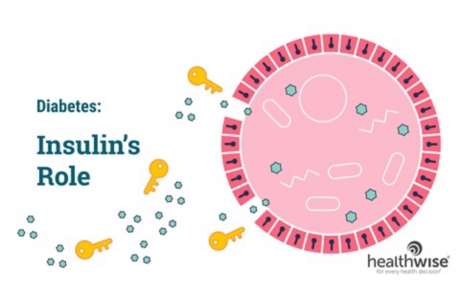Condition Basics
What is diabetic ketoacidosis (DKA)?
Diabetic ketoacidosis (DKA) is a serious problem that can occur with diabetes. It happens when the body doesn't have enough insulin and can't use the sugar needed for energy. The body uses fat for energy instead. This makes ketones, which build up in the blood. Without treatment, this can lead to coma or death.
What causes it?
DKA is caused by your body not having enough insulin. It can happen if you don't take enough insulin. It can also happen if your body is under stress, such as when you are ill or have an infection. Sometimes it happens if your body loses too much fluid (dehydration).
What are the symptoms?
Early symptoms of DKA include increased thirst and urination, high blood sugar, and high ketone levels. Other symptoms are breath that smells fruity and trouble staying awake. Belly pain, vomiting, and feeling confused are also symptoms. Anyone who has these symptoms needs emergency treatment.
How is it diagnosed?
Your doctor will do a physical exam and ask questions about your health. You will also have tests, including blood and urine tests.
How is diabetic ketoacidosis treated?
If the symptoms of DKA are severe, you may need to be treated in an intensive care unit. Treatment includes fluids and insulin given through a vein (intravenous, or I.V.). Fluids treat dehydration and balance electrolytes. Insulin lowers blood sugar and keeps the body from producing ketones.
Health Tools
Health Tools help you make wise health decisions or take action to improve your health.
Related Information
Credits
Current as of: October 2, 2023
Author: Healthwise Staff
Clinical Review Board
All Healthwise education is reviewed by a team that includes physicians, nurses, advanced practitioners, registered dieticians, and other healthcare professionals.
Current as of: October 2, 2023
Author: Healthwise Staff
Clinical Review Board
All Healthwise education is reviewed by a team that includes physicians, nurses, advanced practitioners, registered dieticians, and other healthcare professionals.


